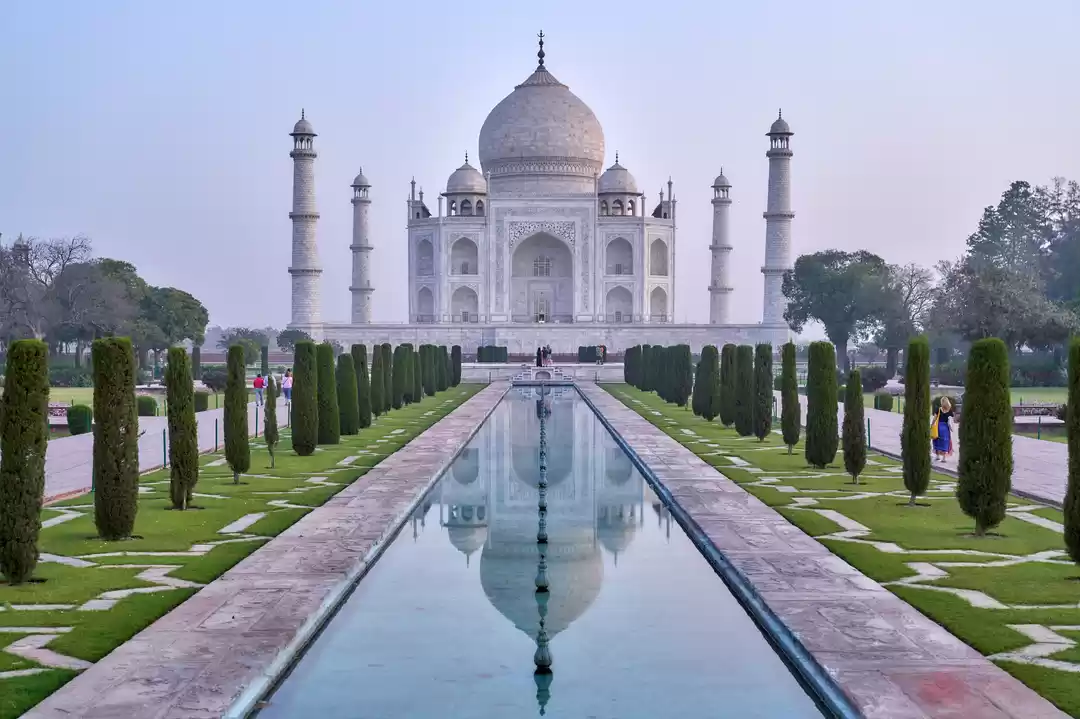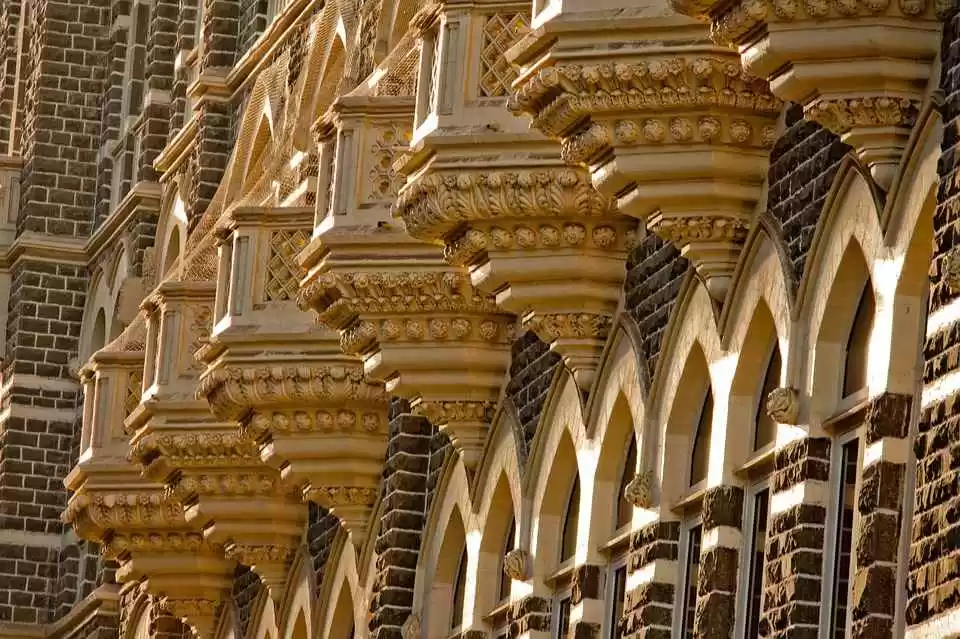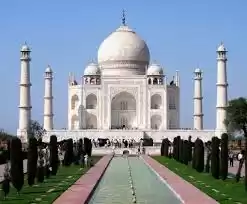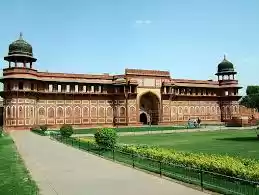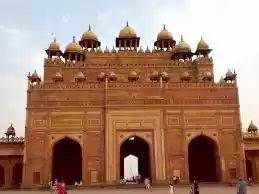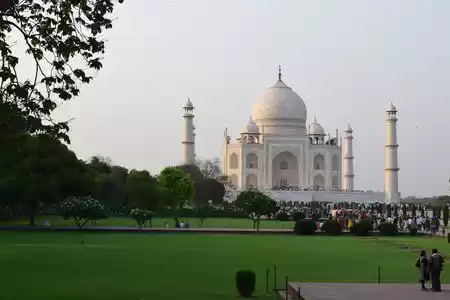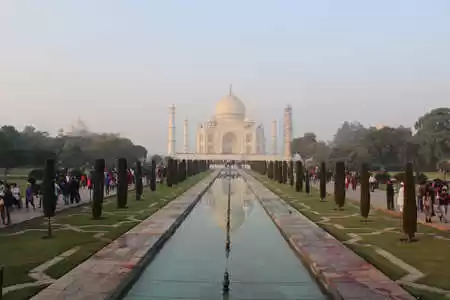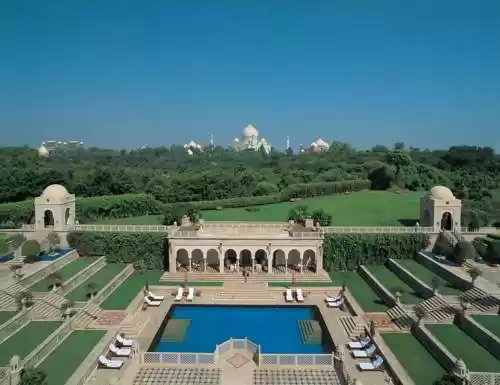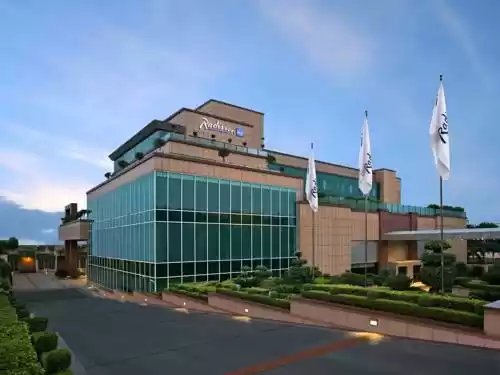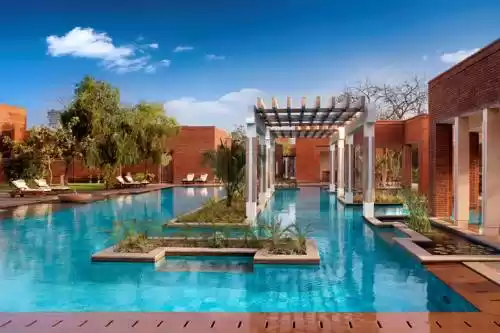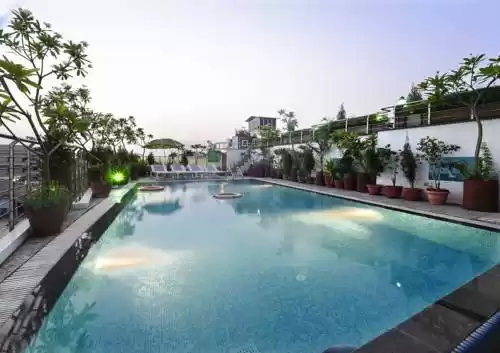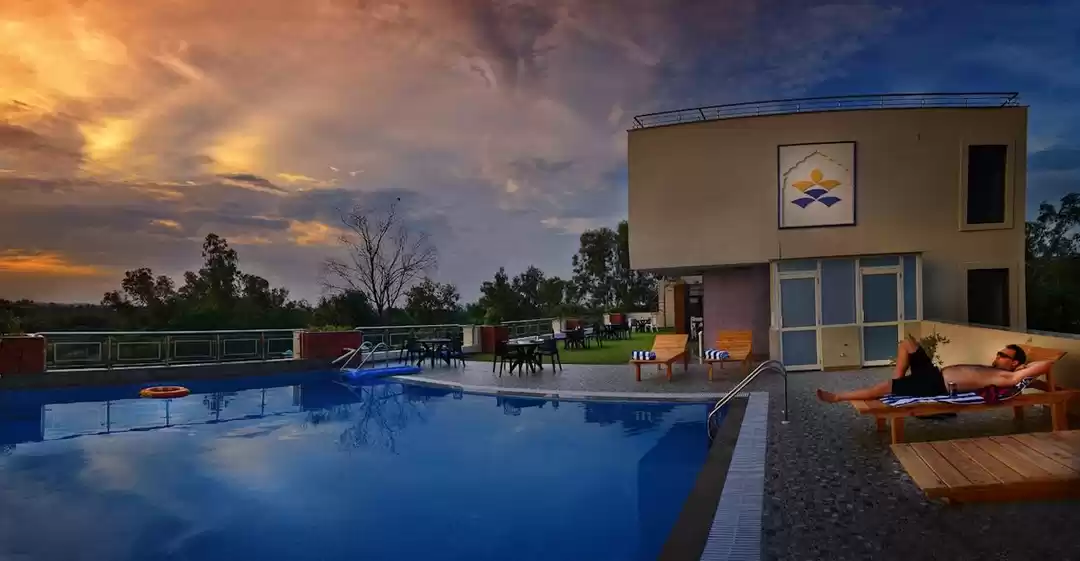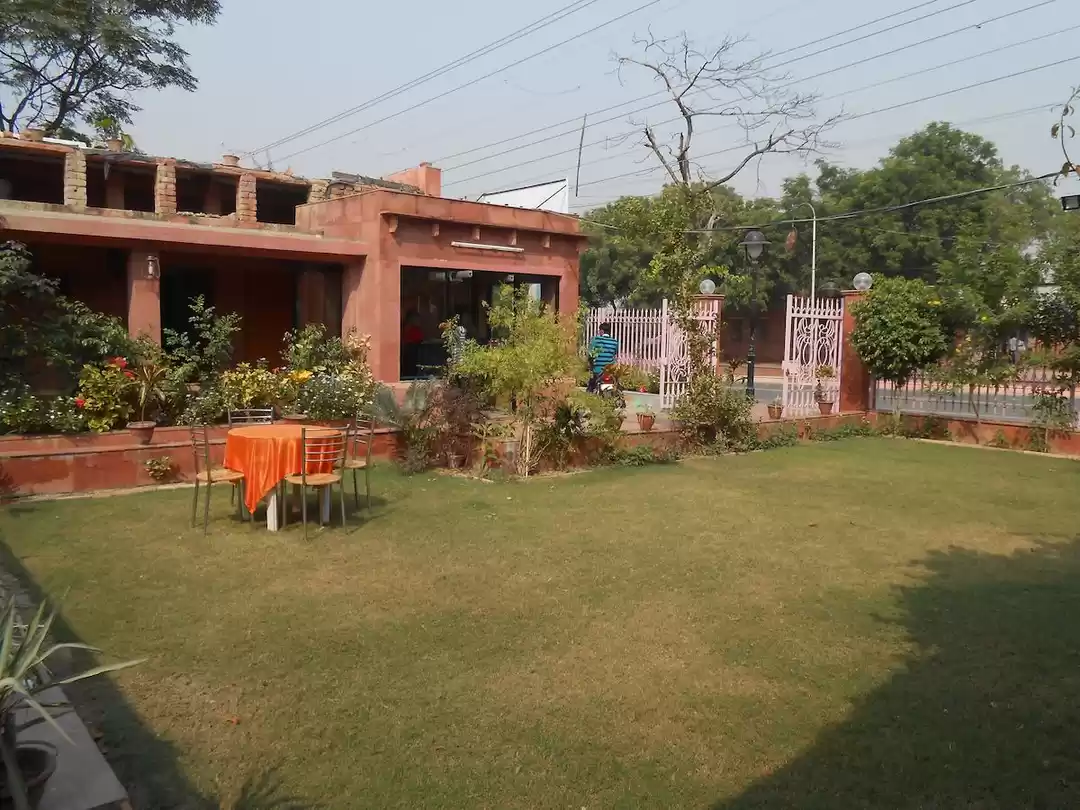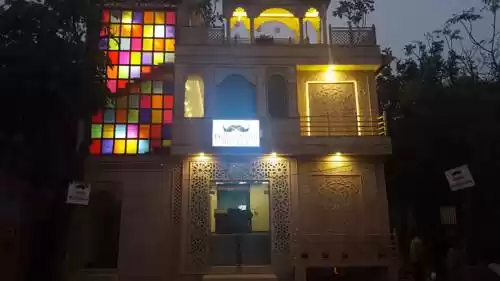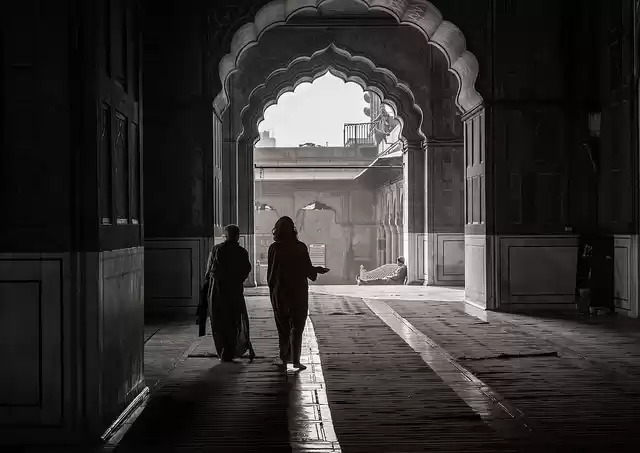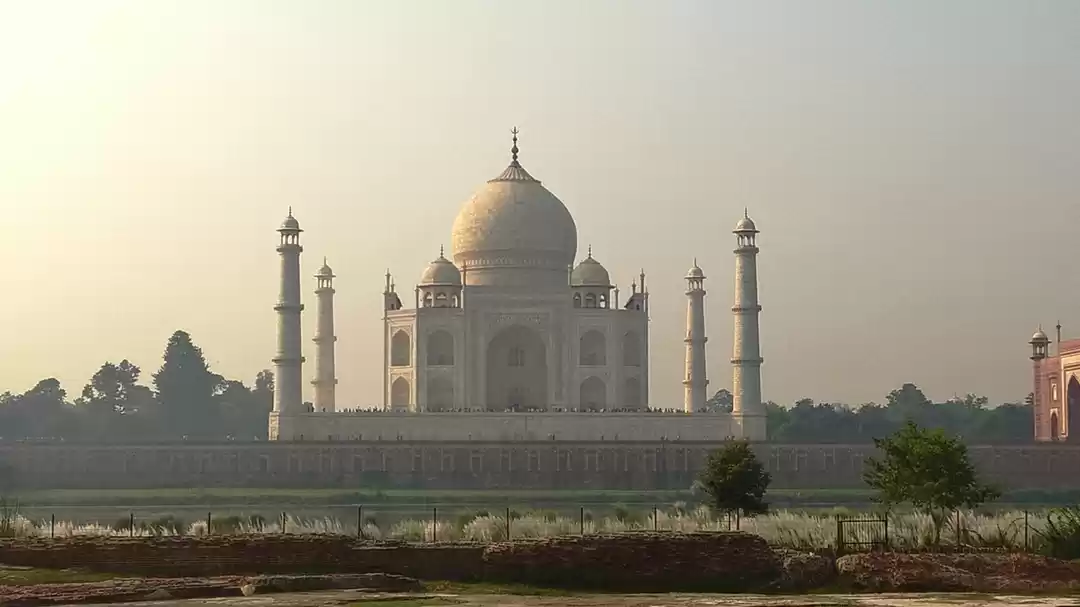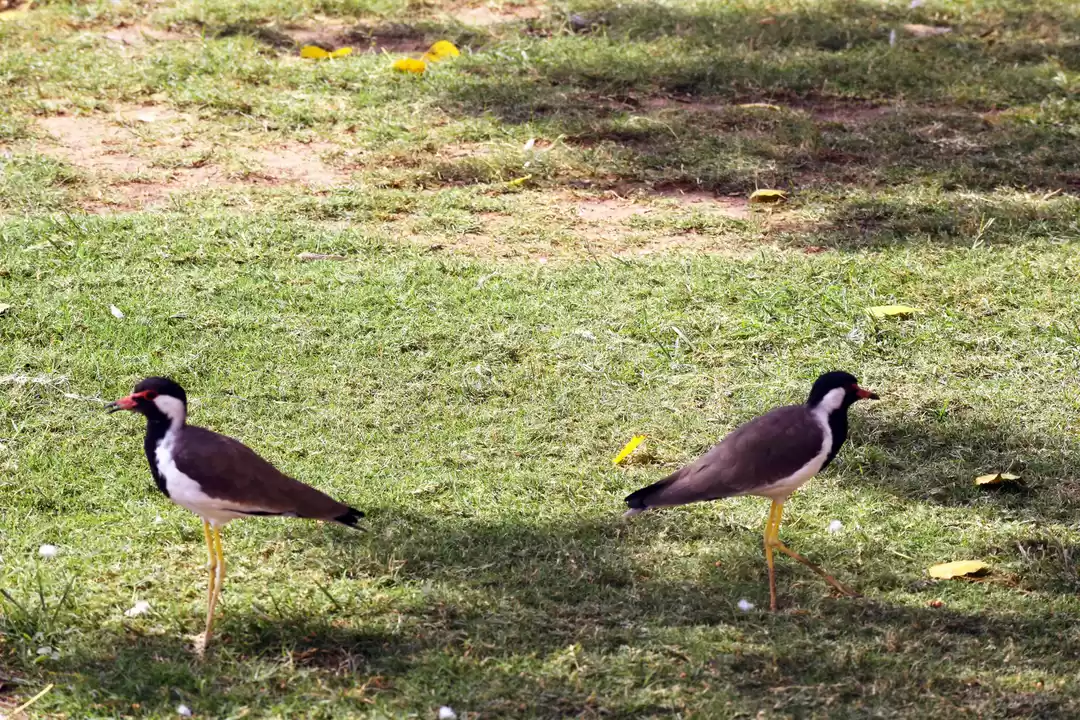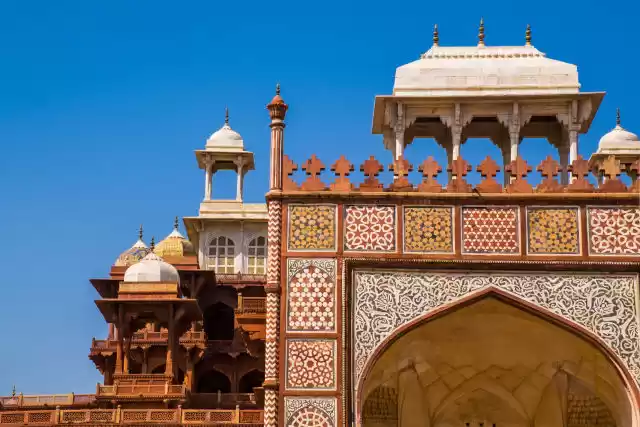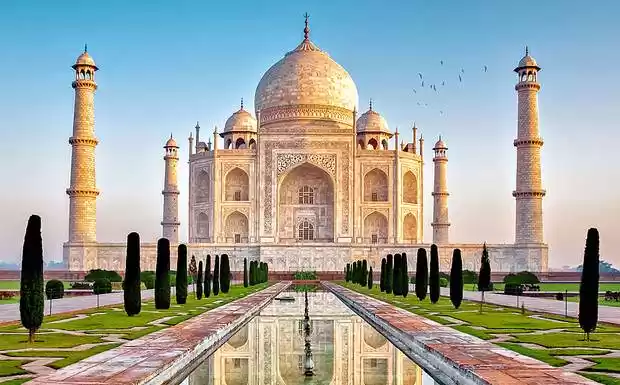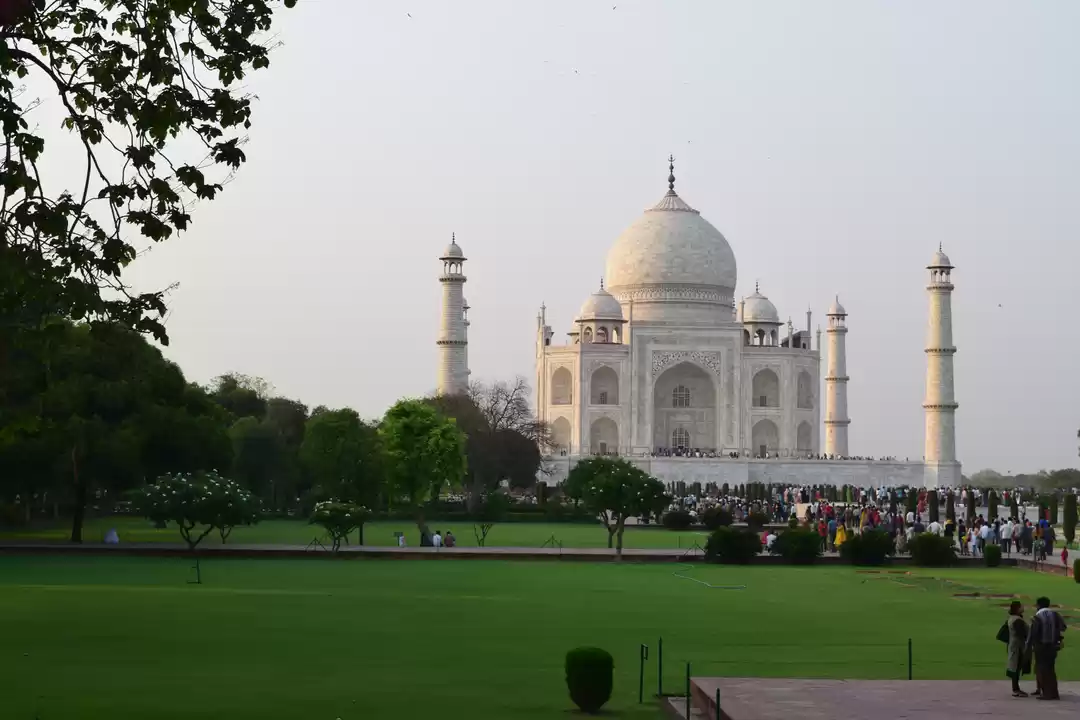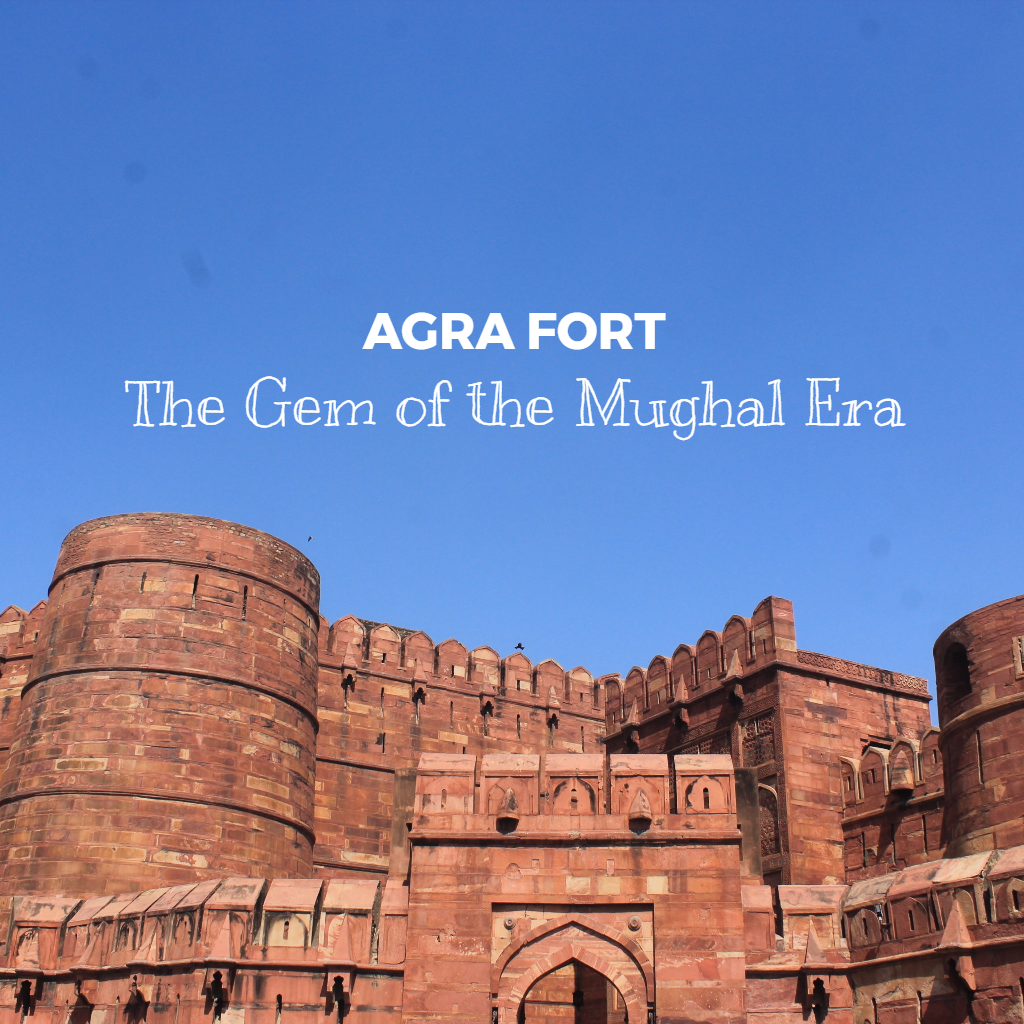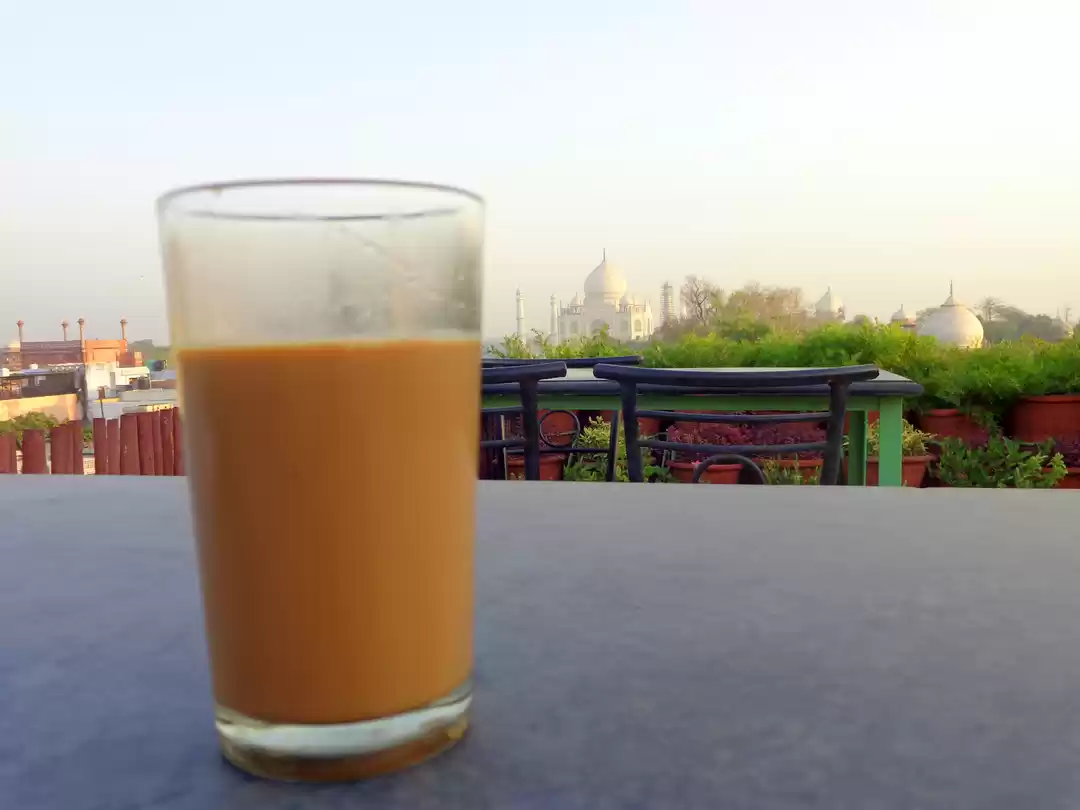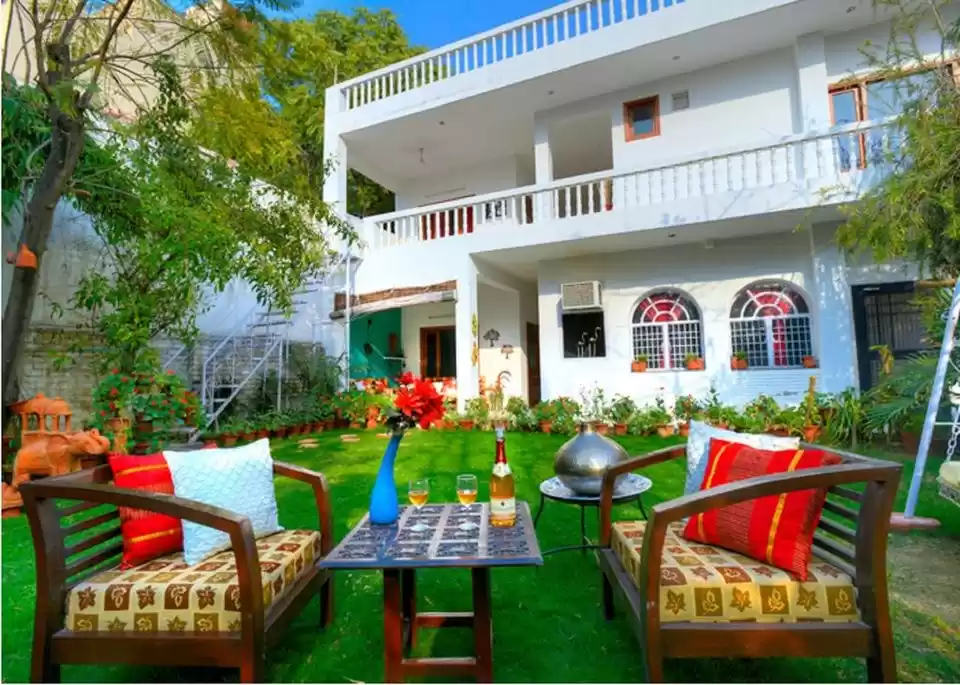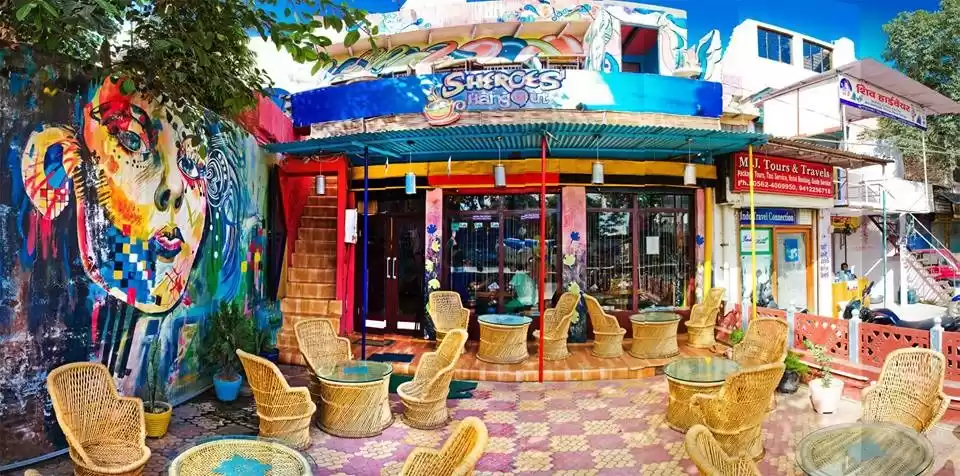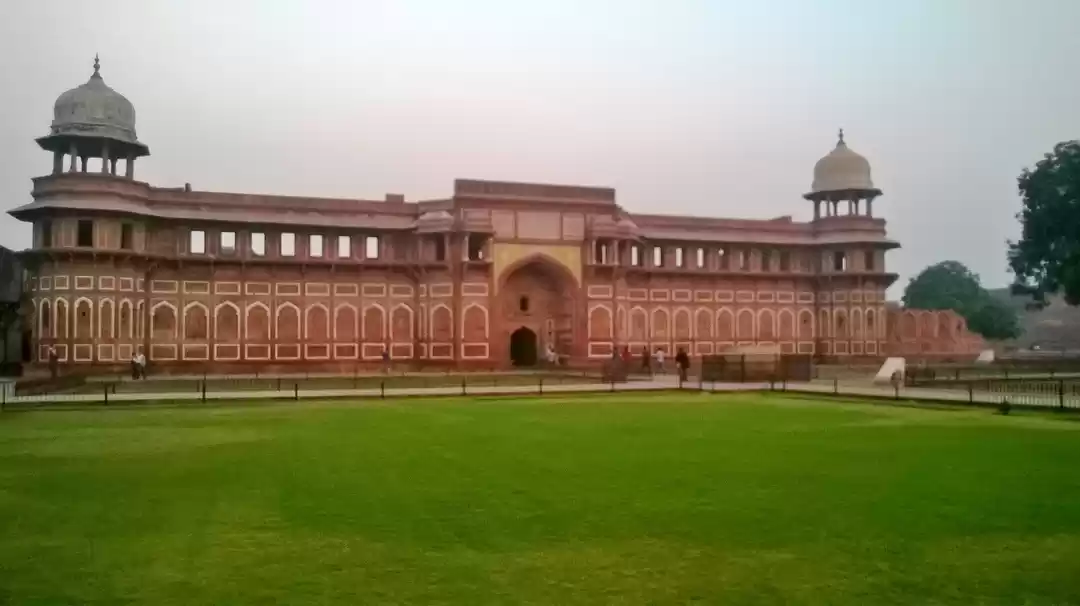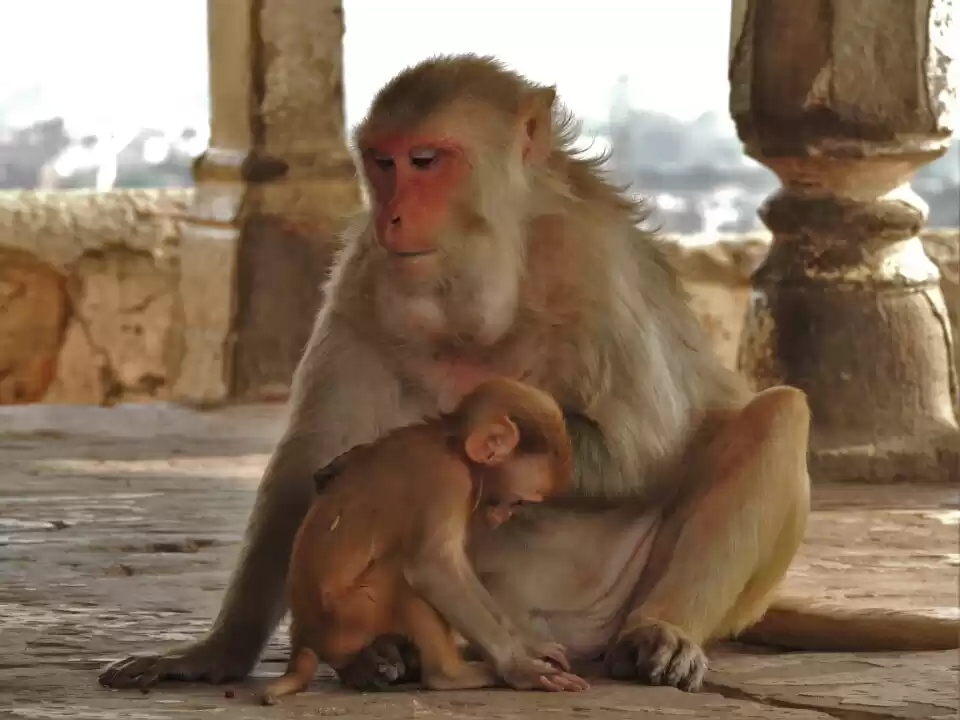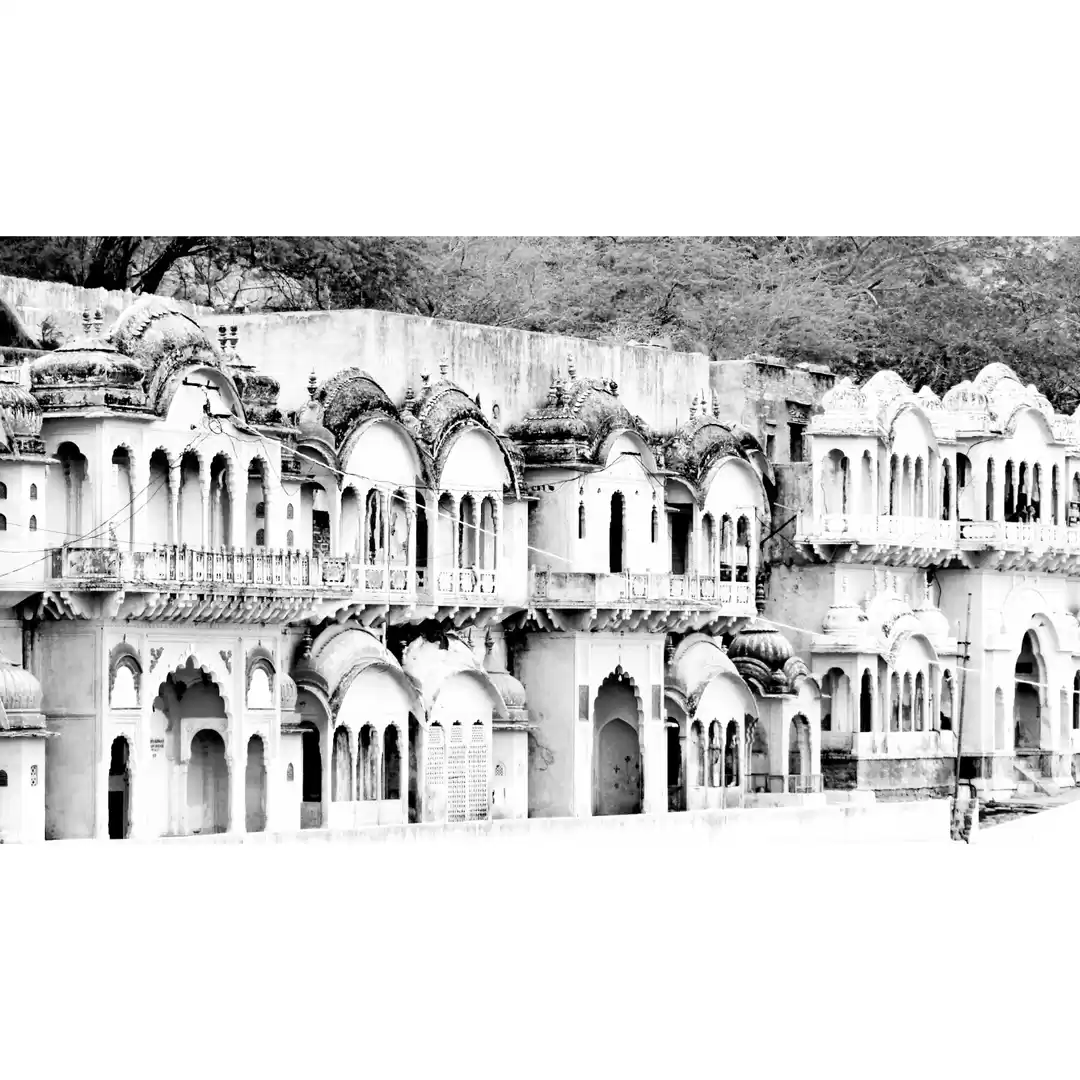Agra Tourism and Travel Guide
Agra (/ˈɑːɡrə/; Āgrā) is a city on the banks of the river Yamuna in the northern state of Uttar Pradesh, India. It is 378 kilometres (235 mi) west of the state capital, Lucknow, 206 kilometres (128 mi) south of the national capital New Delhi and 125 kilometres (78 mi) north of Gwalior. With a population of 1,686,993 (2013 est.), it is one of the most populous cities in Uttar Pradesh and the 19th most populous in India. Agra can also refer to the administrative district that has its headquarters in Agra city. It is a major tourist destination because of its many splendid Mughal-era buildings, most notably the Tāj Mahal, Agra Fort and Fatehpūr Sikrī, all three of which are UNESCO World Heritage Sites. Agra is included on the Golden Triangle tourist circuit, along with Delhi and Jaipur.The city was first mentioned in the epic Mahābhārata, where it was called Agrevaṇa (derived from Sanskrit (अग्रेवण) meaning 'the border of the forest'). Legend ascribes the founding of the city to Raja Badal Singh, a Sikarwar Rajput king (c. 1475), whose fort, Badalgarh, stood on or near the site of the present fort. However, the 11th century Persian poet Mas'ūd Sa'd Salmān writes of a desperate assault on the fortress of Agra, then held by the Shāhī King Jayapala, by Sultan Mahmud of Ghazni. It was mentioned for the first time in 1080 AD when a Ghaznavide force captured it. Sultan Sikandar Lodī (1488–1517) was the first to move his capital from Delhi to Agra in 1506. He governed the country from here and Agra assumed the importance of the second capital. He died in 1517 and his son, Ibrāhīm Lodī, remained in power there for nine more years and several palaces, wells and a mosque were built by him in the fort during his period. Finally being defeated at the Battle of Panipat in 1526. Between 1540 and 1556, Afghans, beginning with Sher Shah Suri ruled the area. It achieved fame as the capital of the Mughal Empire from 1556 to 1658.
Tripoto Recommends
Itineraries For Agra
Best Luxury Hotels In Agra
Best Mid-Range Hotels In Agra
Best Budget Hotels In Agra
Best Hostels And Homestays In Agra
Travel Articles And Blogs For Agra
Trips and Itineraries for Agra
trip
Visit this moon-garden in Agra to enjoy an unearthly view of the Taj Mahal
If you have visited Taj Mahal a thousand times and have come to believe that that there's nothing...
15.6k Views
naturerecreationnaturegardentrip
Agra Fort – 11 Interesting Facts
Agra is a small city in northern India and situated at 225 kilometers from India’s capital city, ...
31.4k Views
historicalhistoricalIndiaUttar PradeshBest Time to Visit Agra
Peak Season to visit Agra is from October to March, when the town ushers in pleasant weather with the minimum temperature dropping to two degrees Celsius.
Shoulder Season: Monsoons occur during August to October and the Taj Mahal looks especially beautiful during these months.
Off-season: The summer months from April to July bring to Agra fewer crowds, cheap tariffs and humid weather.
Budget for Agra
For Budget Travellers: INR 600 - 1000 a day
- Accommodation in hostels and guesthouses: INR 150 - 600
- Food in local cafes and street eateries: INR 50 - 100
- Public Transport in tongas, auto-rickshaws and buses: INR 20 - 100
- Sightseeing: INR 10 - 200
For Mid-range Travellers: INR 1000 to INR 3000 a day
- Accommodation in mid-range hotels and resorts: INR 700 - 1200
- Food in mid-range cafes and restaurants: INR 200 - 500
- Local transport in local taxis: INR 250 - 400
- Guided Tours: INR 10 - 1000
For Luxury Travellers: INR 6000 and upwards
- Accommodation in 4* or 5* hotels: INR 3000 and upwards
- Food in upscale restaurants and bars: INR 800 and upwards
- Local transport in taxi rentals: INR 2000 and upwards
- Guided tours: INR 1000 and upwards

